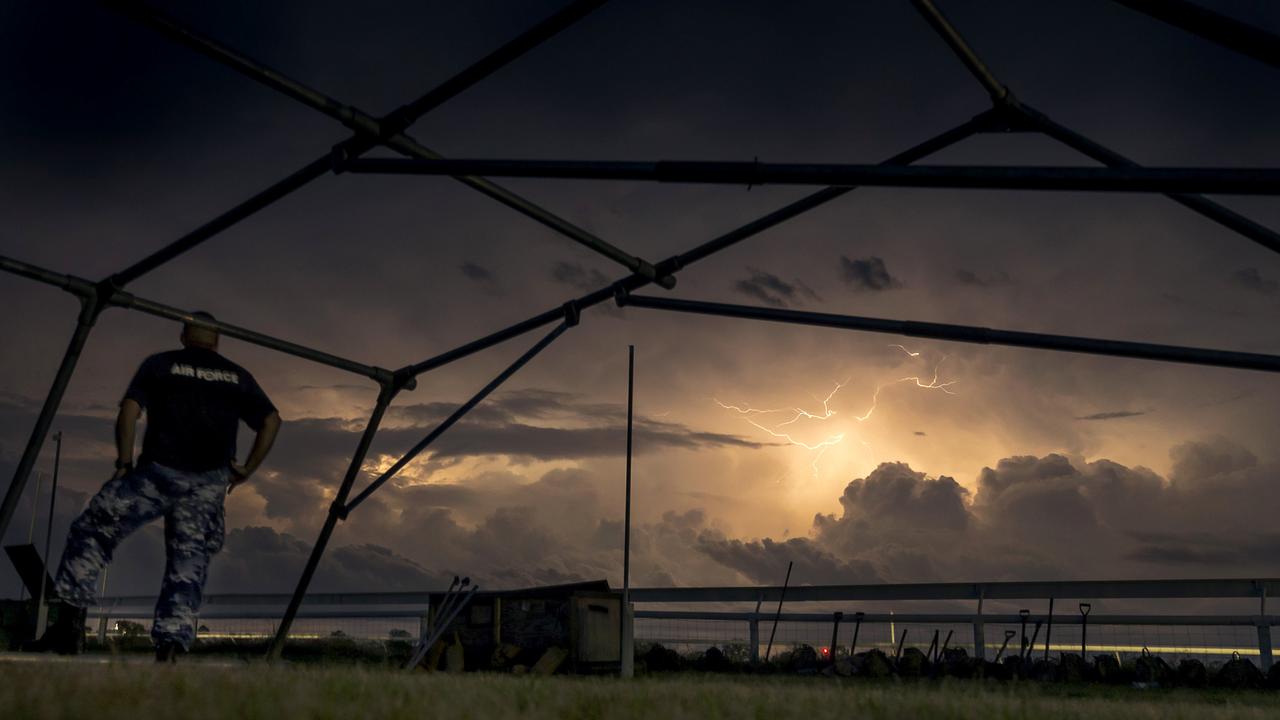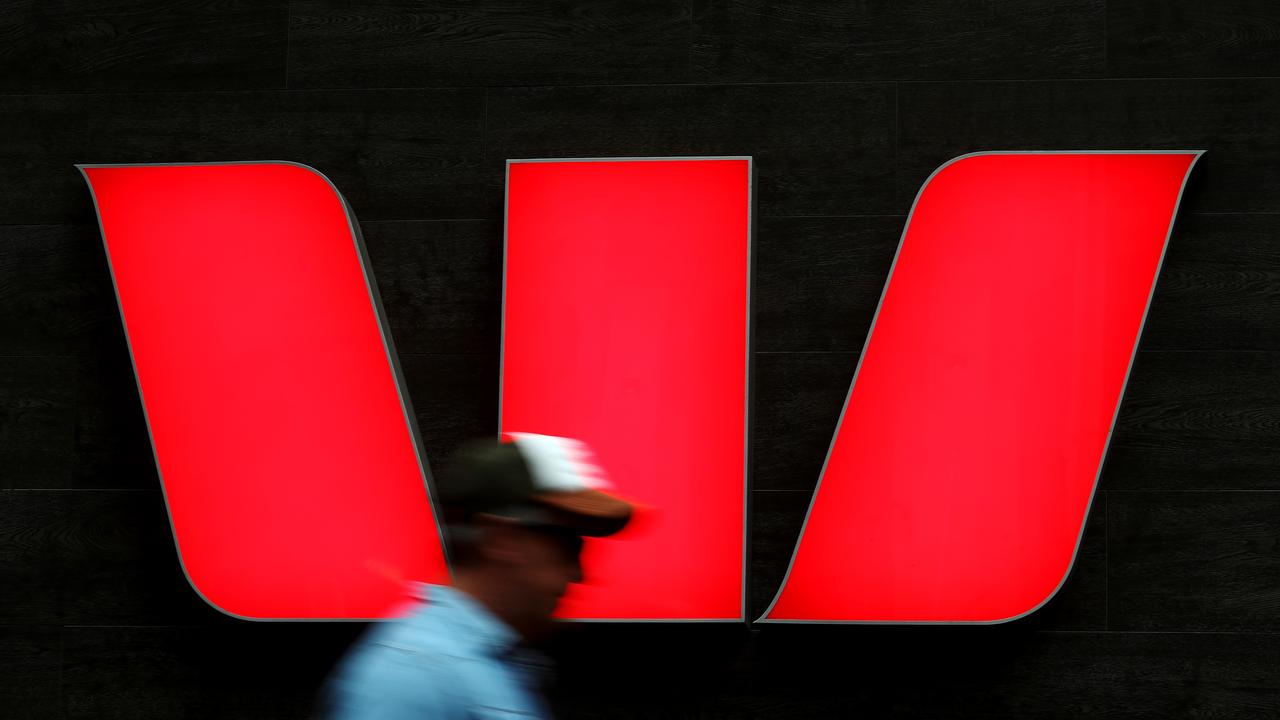BHP breathes a sigh of relief over Samarco
BHP breathes a sigh of relief over Samarco
Amid enormous confusion about the agreement Vale and BHP Billiton have reached with the Brazilian authorities, it appears the cost of remedying the damage caused by the collapse of the tailings dam in their Samarco iron ore joint venture and paying compensation for the disaster is going to be far less and more manageable than once thought.
Overnight, Samarco, Vale and BHP signed an agreement with the Brazilian federal and state authorities that will establish a 15-year-plus framework for the reparation and compensation programs related to the collapse.
The agreement creates a foundation, with representation from Samarco, BHP and Vale, as well as the Brazilian authorities, that will be funded by Samarco with, if Samarco isn’t able to meet its obligations, recourse to Vale and BHP. The companies each own 50 per cent of Samarco.
Under the funding agreement, Samarco will give the foundation $US500 million this year, less the amounts it has already spent on remediation and compensation. It will contribute another $US300m in both 2017 and 2018 and then between $US200m and $US400m a year from 2019 through to 2021.
In total, therefore, Samarco will contribute between $US1.7bn and $US2.3bn to the fund over a six-year period to restore the environment and the communities ravaged by the flood of tailings that swept through towns and the Rio Doce river system — and killed 19 people — as well as compensation programs.
The joint venture contains about $US700m of cash and about $US3bn of non-recourse debt and, naturally, isn’t generating any cash at present and may not for some years.
While it is clear that both the Brazilian authorities and the joint venture partners would like to see the mine operating again as soon as practicable — it has about 6,000 employees and contractors and was generating earnings of more than $US700m a year before the tailings dam burst in November — there isn’t even the vaguest of time frames for bringing it back into production.
Re-building of the dam certainly won’t occur until a more definitive understanding of how the disaster occurred is available and all the parties are reassured that it would be safe to start the process of readying the project to bring it back to an operational status.
The significance of the agreement that establishes the foundation for BHP and Vale is that the initial funding responsibility lies with Samarco and that their own exposures — even if they had to jointly contribute all the early years’ funding — are quite manageable and certainly nowhere near as large as some of the more alarmist speculation had suggested.
It is also far less than the $US5.2bn settlement that the Brazilian authorities were initially seeking, a civil claim that would be settled if the agreement is ratified by the Brazilian courts.
There may be separate criminal actions against various Samarco employees and consultants brought by Brazilian police, as well as a US class action against Vale and litigation in the US that targets BHP chairman, Jac Nasser, chief executive Andrew Mackenzie and other executives directly.
The biggest financial exposure BHP (and Vale) had to the disaster — separate to the significant reputational damage and the burden of lives lost and communities destroyed — was, however, the civil claim by the Brazilian authorities and BHP’s share of the settlement is, if actually called on, very manageable.
If it were to contribute 50 per cent of the entire initial obligation, for instance, it would face a liability of between $US850m and $US1.15bn spread over six years. The maximum single-year exposure would be about $US200m.
The recent Standard and Poor’s analysis that confirmed BHP’s single A credit rating envisaged that, at the $US5.2bn number speculated, BHP’s free funds from operations to debt ratio would weaken from 40 per cent at the end of 2017, with discretionary cash flows of $US4.2bn to $US4.5bn, to between 34 per cent and 36 per cent.
BHP itself has said it will generate, at current spot prices, about $US10bn of cash flow and $US3bn of discretionary or free cash flows this financial year.
S&P also said a settlement greater than $US5.2bn could exert downward pressure on BHP’s credit rating; pressure presumably reduced, if not removed, by the far lower numbers that have now emerged. Coincidentally, today another agency, Fitch, confirmed its A+ rating of BHP’s debt.
While it may be several years before Samarco can resume operations, even at today’s iron ore prices (the spot price was above $US51 a tonne overnight) it ought to be able to generate $US400m to $US600m of free cash flow a year and therefore fund most of its commitment without recourse to its shareholders. It was historically a highly profitable project.
Depending on how BHP and Vale choose to fund Samarco until it is generating cash again, assuming they do have to provide funding, it is conceivable that Samarco will ultimately self-fund the entire liability.
BHP has made it clear from the initial moments of the disaster that it would accept responsibility and do, with Vale, whatever it took to remedy the damage caused by the dam’s collapse rather than rely (in relation to the reparations) on the technicality that Samarco was operated at arm’s-length to both shareholders, with its own executives and with non-recourse debt.
It will, nevertheless, be relieved that the most significant financial implications of the disaster are now defined and are very digestible and that it, withy Vale and Samarco itself, can now focus on ensuring the foundation is effective in remedying, to the extent it is possible, the environmental and social damage the collapse caused.


